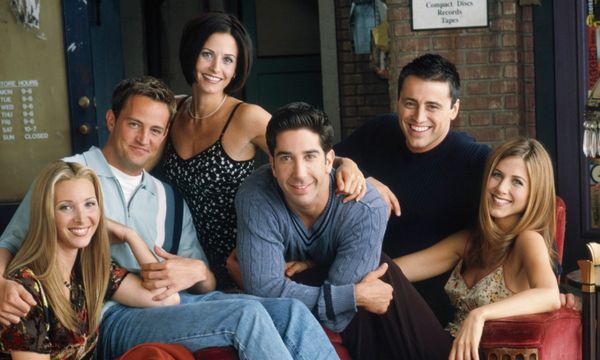The city of Philadelphia has so much to offer in the world of entertainment. After being in the city for a while, I still haven't done and seen all that I want to. There's so many museums to explore with a variety of topics, yet I’ve only seen one.
My trip to the Mütter Museum was eye opening and rekindled my curiosity in medicine. The original collection of the museum was donated by Dr. Thomas Dent Mütter in 1858 and was meant for biomedical research and education. From skeletal specimens to wet specimens to wax models, this medical museum displays multiple medical anomalies that could make you speechless.
This museum holds bodily artifacts and some whole bodies. One of the first things our eyes catch walking in are a bunch of skulls on the wall - all sitting on shelves behind a glass, just waiting for you to figure out their stories. This is Dr. Joseph Hyrtl’s human skull collection. Each skull has a short story about who they were or how they died. With all the artificial props we see in movies, it was hard for me to grasp that everything was real in this museum. The names and explanations of death brought this notion of realness into reach. The fact that these skulls were real meant they used to be part of a real person. There were some who died from sickness and some because of suicide. Some were soldiers and some were ladies of the night. It demonstrated such a wide, diverse range of people, underneath the similar skeletal components.
As you go around the corner, you can see a display with information talking about the conspicuous differences in varying human skeletal systems which are used to differentiate and identify race, gender, and age. This reminded me of my obsession with CSI shows and the forensic investigators using bones to identify a missing person. This also reminded me of my mild nightmares that followed each addictive episode and although the Mütter Museum had some “different” displays, I did not get any nightmares about skulls.
Not all of the displays were skeletons. There were preserved bodies of babies who had medical complications that aren’t completely understood today. There were some that had cephalomegaly, spina bifida, or were a set of stillborn twins. They each have a story. These displays made me consider how much we know about medical conditions and how fortunate we are to have such jaw-dropping, medical advancements today.
Visiting the museum was a great experience for me because of my interest in healthcare and my curiosity in the varying medical fields, but it's such a different experience from the average day. Some days you'll just want to spend your day off lounging around the house, but when you're so close to eye opening experiences it's important to just go for it. It can be intimidating going somewhere you aren't familiar with, but if you worry too much you'll end up staying home creating a list of reasons not to go. It’s tempting overthink the new experience until you talk yourself out of going, but there's a reason you thought about going in the first place. Just stay vigilant and observant of your surroundings whether you're by yourself or not, and enjoy the whole journey.





















